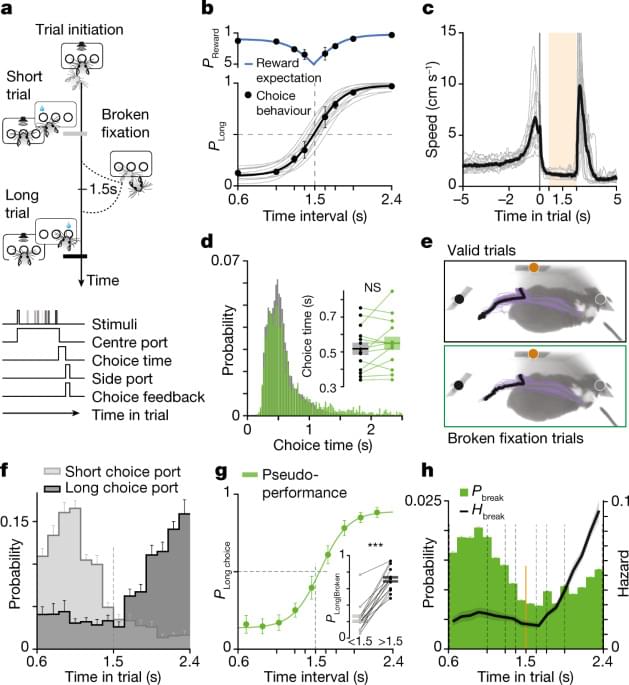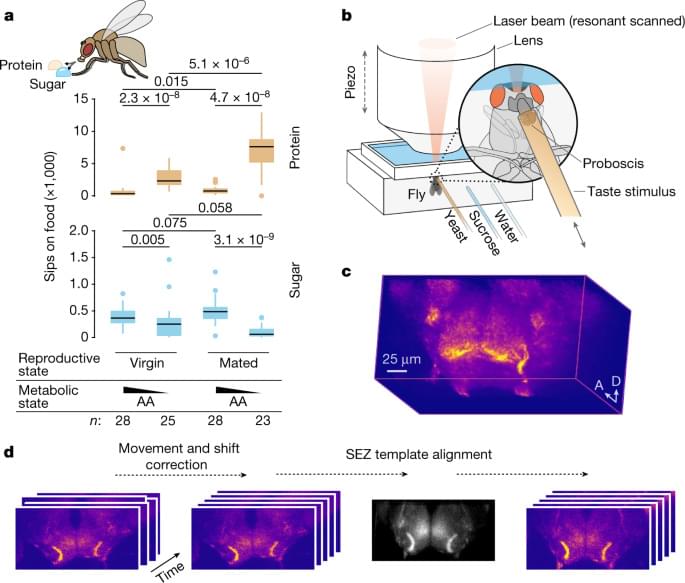At least 750,000 entries containing Chinese citizens’ personal information were stolen and sold online by an unknown hacker.


A new analysis of observed temperatures shows the Arctic is heating up more than four times faster than the rate of global warming. The trend has stepped upward steeply twice in the last 50 years, a finding missed by all but four of 39 climate models.



“We just open-sourced an AI model we built that can translate across 200 different languages — many which aren’t supported by current translation systems,” he said. “We call this project No Language Left Behind, and the AI modeling techniques we used from NLLB are helping us make high quality translations on Facebook and Instagram for languages spoken by billions of people around the world.”
Meta invests heavily in AI research, with hubs of scientists across the globe building realistic avatars for use in virtual worlds and tools to reduce hate speech across its platforms 0, among many other weird and wonderful things. This investment allows the company to ensure it stays at the cutting edge of innovation by working with the top AI researchers, while also maintaining a link with the wider research community by open-sourcing projects such as No Languages Left Behind.
The major challenge in creating a translation model that will work across rarer languages is that the researchers have a much smaller pool of data — in this case examples of sentences — to train the model versus, say, English. In many cases, they had to find people who spoke those languages to help them provide the data, and then check that the translations were correct.

MAUI, Hawaii—(BUSINESS WIRE)—Extended Longevity, a Hawaii-based longevity company focused on reversing the biomarkers of aging, announces that new test results show the regrowth of telomeres in a 75 year old man to the equivalent of a 10 year old (a 65 year reversal), using the SpectraCell Laboratories Telomere test. Thus, this demonstrates that his aging process, as represented by telomere biomarker tests, has significantly regenerated.
Continuously updated results from third-party testing labs demonstrating how well our products work in the real world.

Researchers want to know more about the Red Planet’s enigmatic geology and thin atmosphere.
An early-stage Martian sailplane soared aloft, tethered to a balloon, as engineers ponder the possibilities to expand Red Planet flight.
The University of Arizona released a progress update on its sailplane project June 30 in conjunction with a recent journal publication exploring Mars exploration using motorless sailplanes.



University of Chicago physicists have invented a “quantum flute” that, like the Pied Piper, can coerce particles of light to move together in a way that’s never been seen before.
Described in two studies published in Physical Review Letters and Nature Physics, the breakthrough could point the way towards realizing quantum memories or new forms of error correction in quantum computers, and observing quantum phenomena that cannot be seen in nature.
Assoc. Prof. David Schuster’s lab works on quantum bits —the quantum equivalent of a computer bit—which tap the strange properties of particles at the atomic and sub-atomic level to do things that are otherwise impossible. In this experiment, they were working with particles of light, known as photons, in the microwave spectrum.